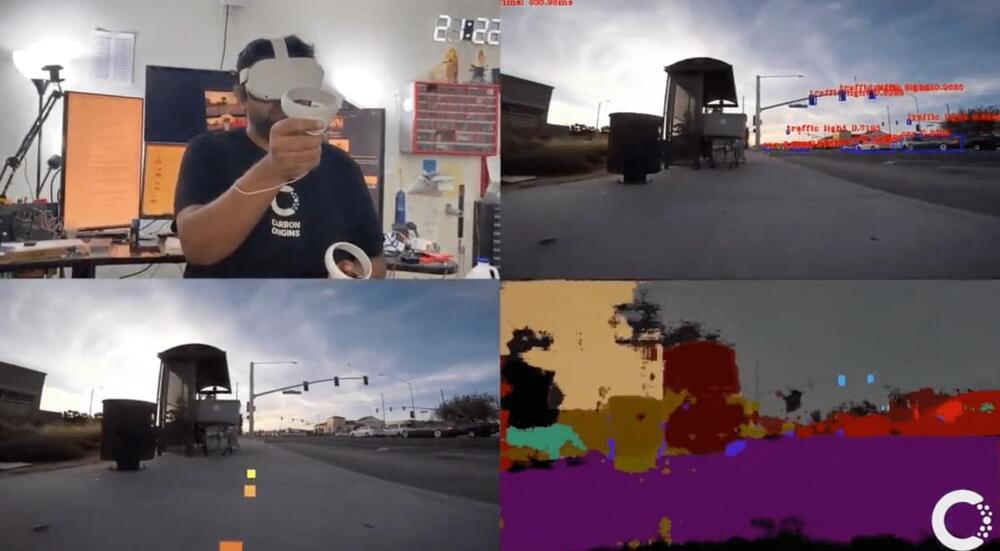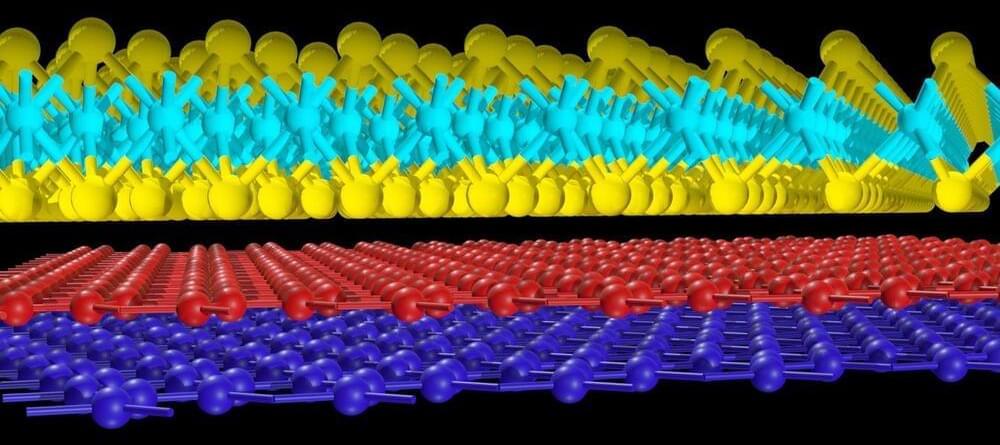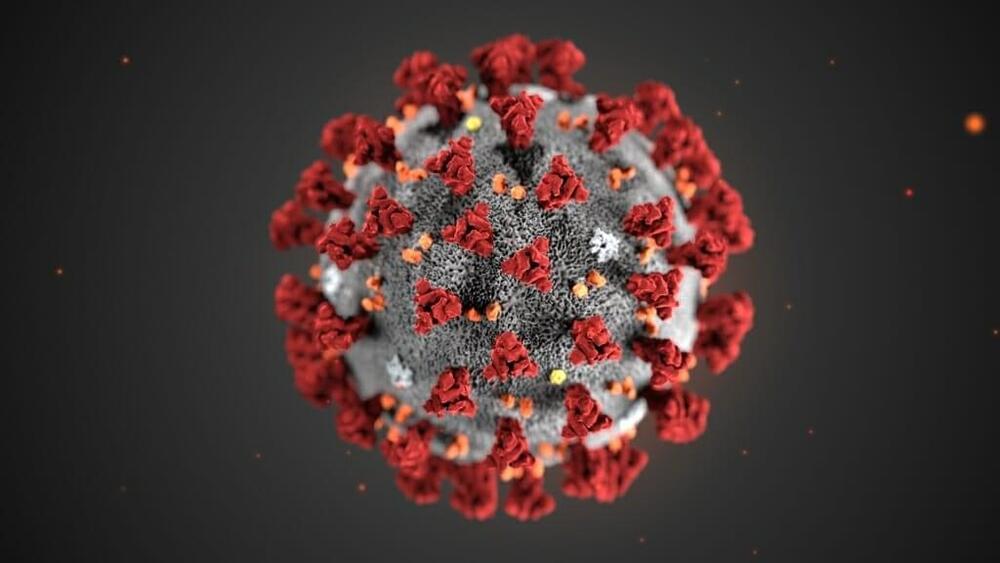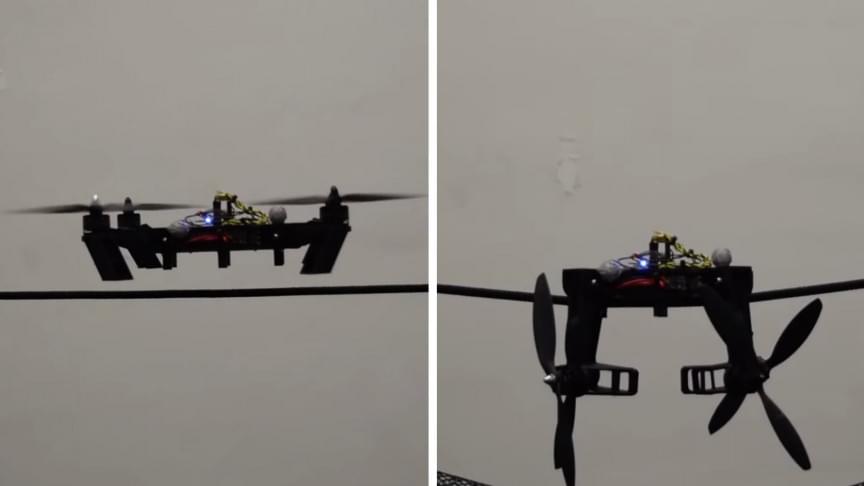If you’re looking to get a fresh start on a new career in 2022, may I suggest a new occupation as a virtual reality robot delivery driver?
Yes, that’s a job – or at least a new gig – being offered by a startup out of Minneapolis called Carbon Origins. The company, which is building a refrigerated sidewalk delivery robot by the name of Skippy, is looking to assemble a roster of remote robot pilots who will utilize virtual reality technology to pilot Skippy around to businesses and consumer homes.
The company, which launched in early 2021 and participated in Techstars Farm to Fork accelerator this year, will be showcasing the new technology at CES 2022 in January. This past summer, the company started testing an early version of the VR-piloted robot in the above-street skyway system around St Paul, Minnesota and plans to begin testing deliveries to offices and homes in the Minneapolis market starting in January.









